Pokemon: Everything You Need To Know About Natures
Table of Contents
The Nature mechanic in the Pokemon games can be a little tricky to figure out. Here’s everything aspiring Trainers should know about it.
You Are Reading :Pokemon Everything You Need To Know About Natures
Category : Pokemon
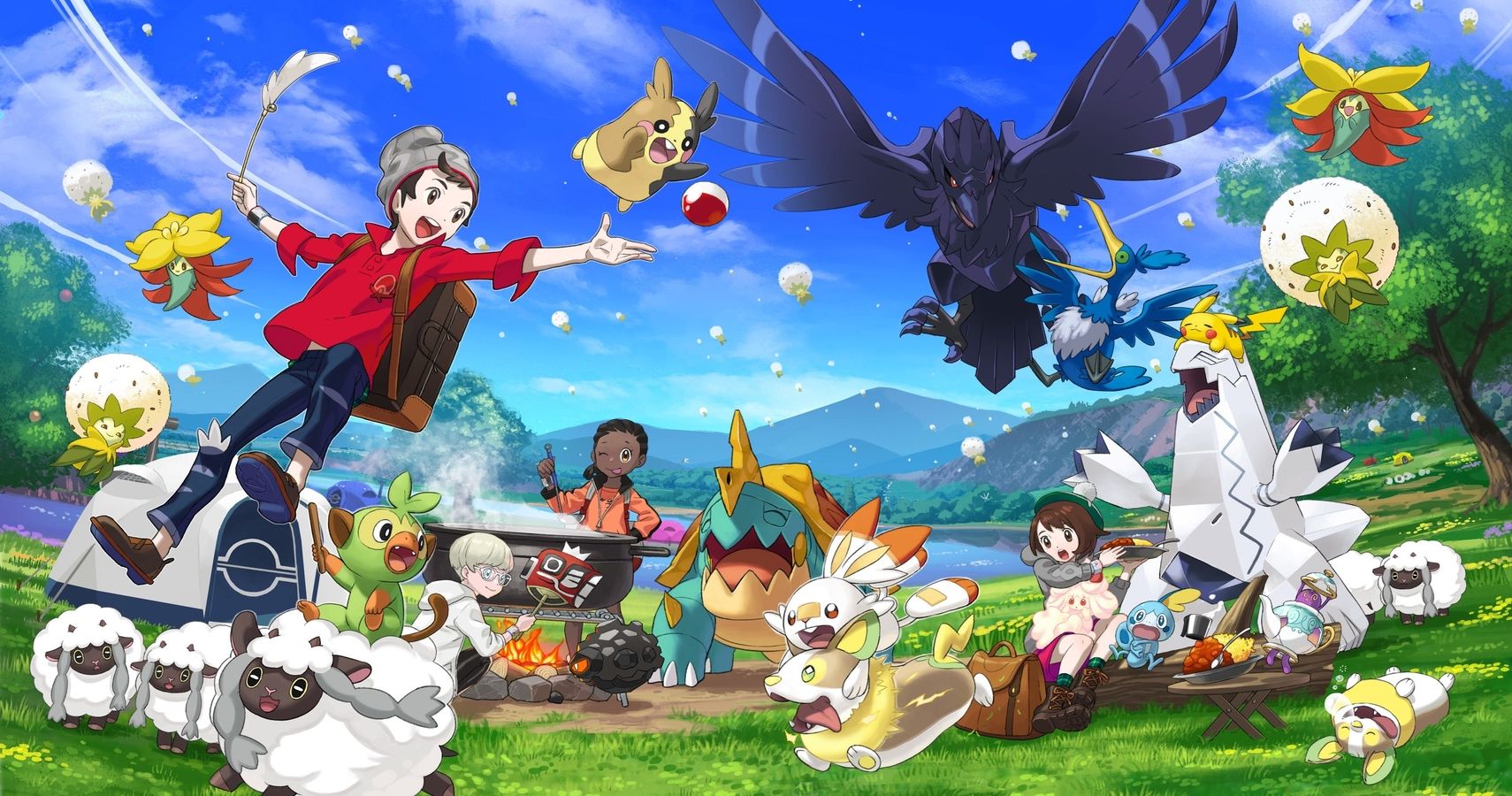
If anyone asks the common person on the street about Pokemon, they will likely know a few things about the game, usually centered around catching monsters. They may even know the phrase “Gotta catch them all!” However, devoted Pokemon fans and hard-core players know that the world of Pokemon is far more vast and complex.
Part of this complexity involves Pokemon Natures. Natures are a mechanic introduced in Generation 3, and essentially determine a Pokemon’s personality. Players can find their Pokémon’s Nature displayed on the Pokémon’s summary screen. Additionally, starting with Pokémon HeartGold and SoulSilver, the stats affected by a Pokémon’s Nature are highlighted on their summary screen. For serious players, this is an important consideration. Catching and training a Pokémon with the correct nature can greatly impact success in a battle. Here are a few reasons why.
Stat Changes
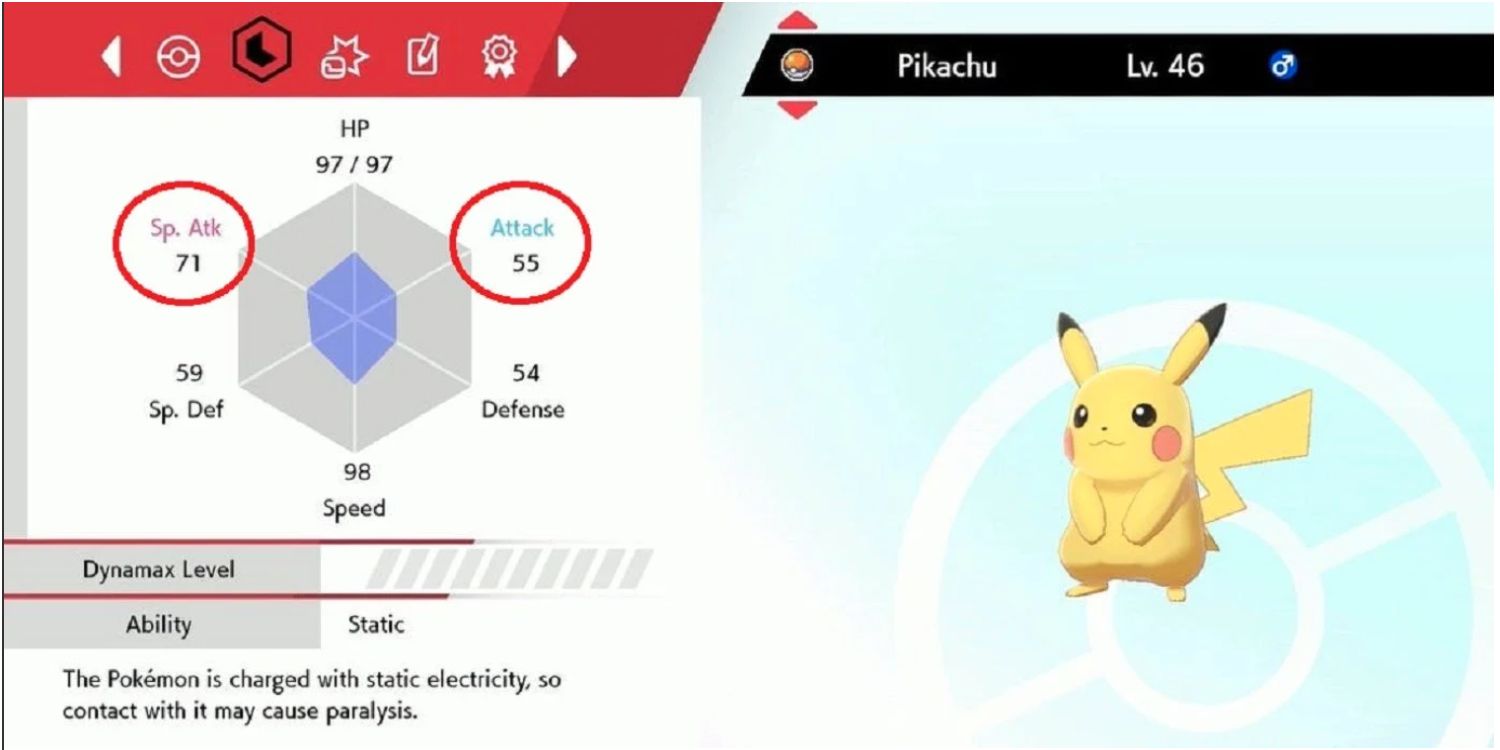
Stat changes are not a small consideration in the games. In fact, they can be a huge contributor to a player’s success or failure. A Pokemon’s Nature will boost one stat by 10% and decrease another by 10%. The exception to this is a Pokemon with a neutral Nature, in which case neither will happen.
In every game from HeartGold and SoulSilver onwards, the player can determine the affected stats by the text color of the stat’s name. Red means the stat is increased, while blue means the stat is decreased. There are a total of 25 different Natures, and each one affects a Pokemon’s stats in different ways.
Unique stat changes by Nature:
- Adamant: raises Attack, decreases Special Attack
- Bold: raises Defense, decreases Attack
- Brave: raises Attack, decreases Speed
- Calm: raises Special Defense, decreases Attack
- Careful: raises Special Defense, decreases Special Attack
- Gentle: raises Special Defense, decreases Defense
- Hasty: raises Speed, decreases Defense
- Impish: raises Defense, decreases Special Attack
- Lax: raises Defense, decreases Special Defense
- Lonely: raises Attack, decreases Defense
- Mild: raises Special Attack, decreases Defense
- Modest: raises Special Attack, decreases Attack
- Naïve: raises Speed, decreases Special Defense
- Naughty: raises Attack, decreases Special Defense
- Quiet: raises Special Attack, decreases Speed
- Rash: raises Special Attack, decreases Special Defense
- Relaxed: raises Defense, decreases Speed
- Sassy: raises Special Defense, decreases Speed
- Timid: raises Speed, decreases Attack
Players need to also be aware that the Natures Hardy, Docile, Serious, Bashful, and Quirky do not change a Pokemon’s stats in any way.
Playing To Strengths

The best way to use Natures is to play to the Pokemon’s strengths. For example, on a Pokemon such as Togekiss, players would want a to look for a Nature. This gives it a plus 10% to Special Attack and minus 10% to physical Attack.
This is good for Togekiss, since it’s exclusively a Special Attacker. It gets a boost to the stat it will use the most, and decrease the stat will not care about. Players can use this same logic to just about any Pokemon. Physical Attackers, defensive Pokemon, Fast Pokemon, etc, will work just as well.
Offsetting Weakness
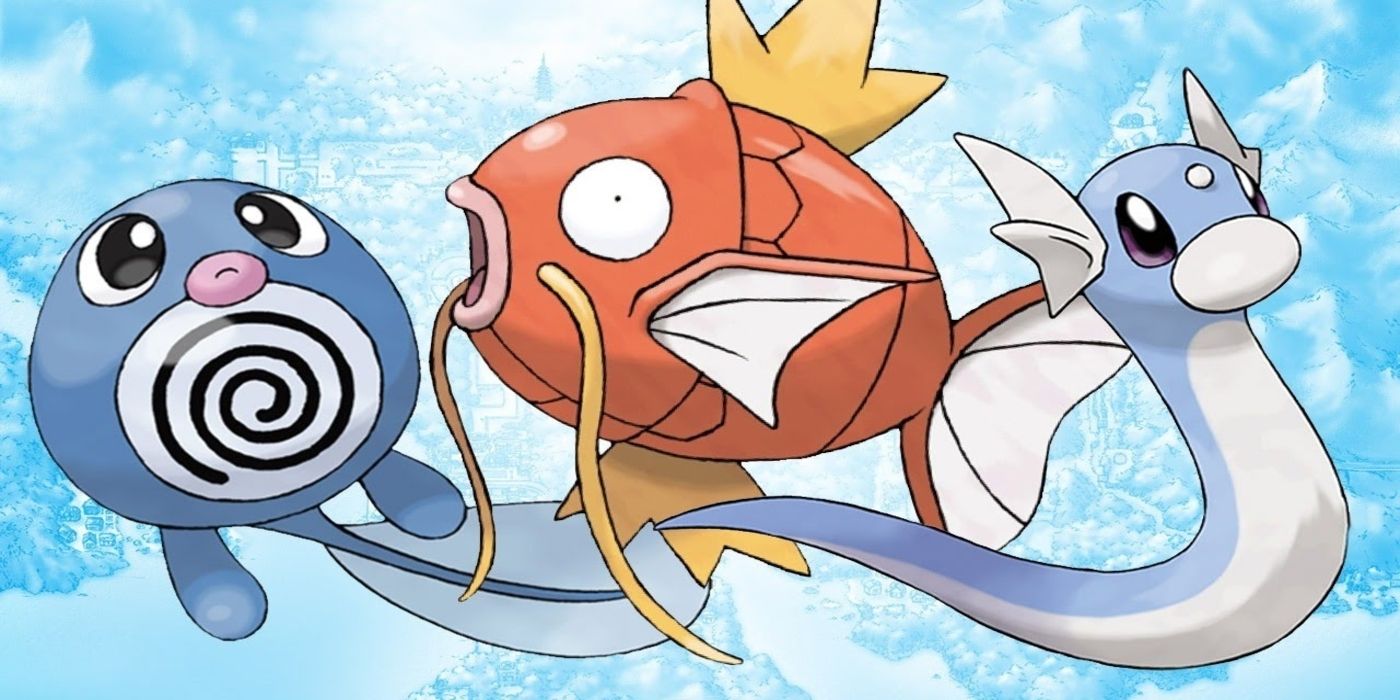
There are some benefits in trying to offset a Pokemon’s weaknesses, however. A player can strategize by using a more defensive Nature on a frail Pokemon. This would allow it to survive some hits that would otherwise knock it out. This tactic also works with using a speed-increasing Nature on a slower Pokemon, which allows it to get in a move before the opposing Pokemon has a chance to attack.
The important thing to remember here is that picking the right Nature can give a player opportunities that they would not otherwise have. It is up to the player to decide how useful they would truly be, and for which Pokemon they are best suited.
Nature & Evolution
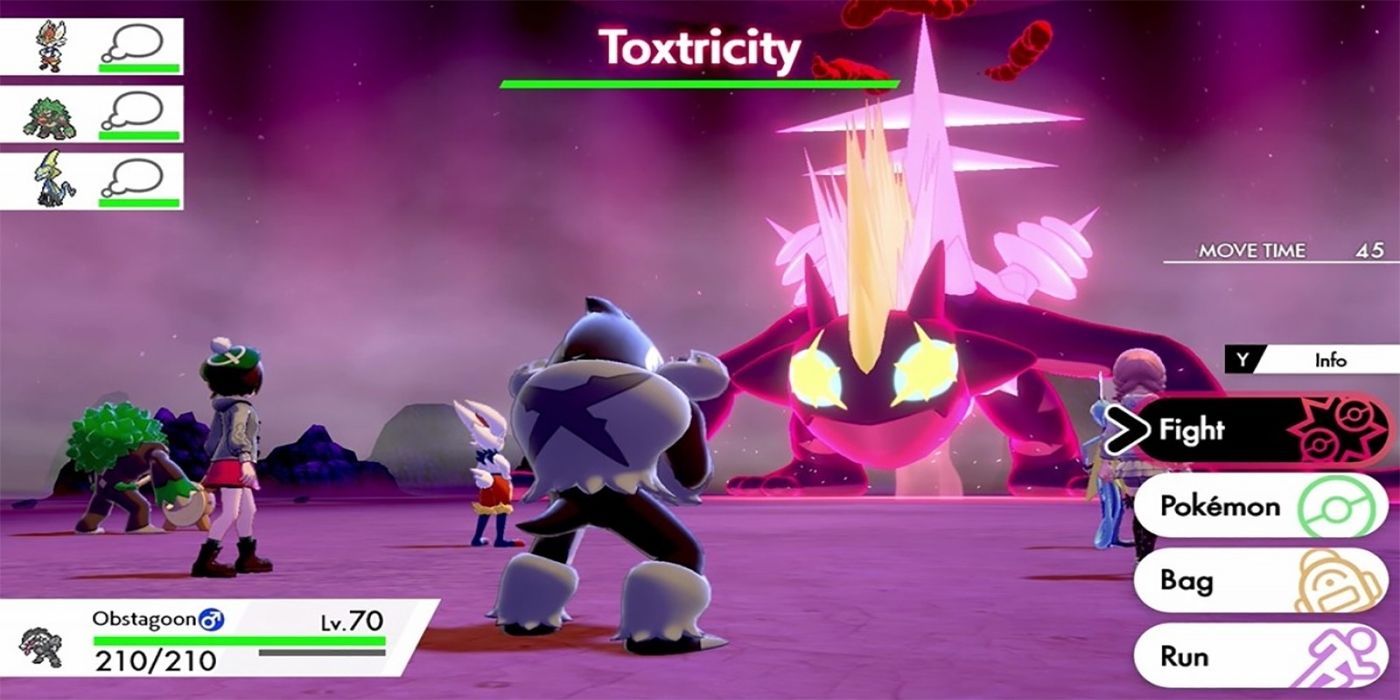
Generation 8 has now given Nature a new wrinkle. The Nature of the Pokemon Toxtricity will determine if it evolves into Amped Form or Low Key Form.
- Toxel will evolve into Toxtricity’s Amped Form if it has one of the following Natures: Hardy, Brave, Adamant, Naughty, Docile, Impish, Lax, Hasty, Jolly, Naive, Rash, Sassy, or Quirky
- Toxtricity’s Low Key Form will come from evolving a Toxel with the Nature: Lonely, Bold, Relaxed, Timid, Serious, Modest, Mild, Quiet, Bashful, Calm, Gentle, or Careful.
Nature & Flavors
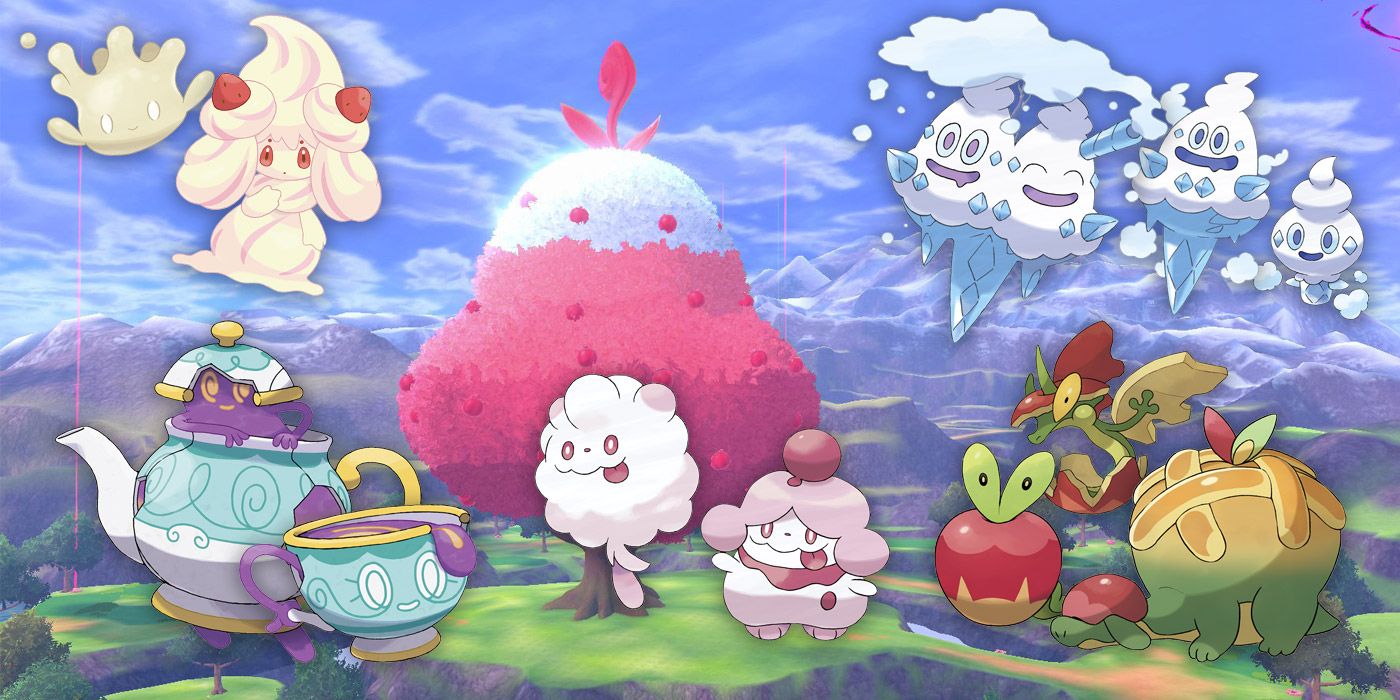
Serious players know that flavor is important to Pokemon, even if they aren’t all designed with food in mind. In generations 3, 4, and 8, Natures determine a Pokemon’s preference in flavors when tasting Pokeblocks, Poffins, and Curry.
This important to Pokemon development, because Flavor preferences usually influence the effectiveness of the food. For example, a Pokéblock that has a spicy flavor will raise a Pokémon’s Cool condition. However, if a Pokémon doesn’t like spicy foods, then its Cool condition will not be raised as much as it will for a Pokémon that likes spicy foods that is fed the same Pokéblock.
List of flavor preferences by Nature:
- Adamant: Likes Spicy, but Dislikes Dry
- Brave: Likes Spicy, but Dislikes Sweet
- Naughty: Likes Spicy, but Dislikes Bitter
- Lonely: Likes Spicy, but Dislikes Sour
- Modest: Likes Dry, but Dislikes Spicy
- Quiet: Likes Dry, but Dislikes Sweet
- Rash: Likes Dry, but Dislikes Bitter
- Mild: Likes Dry, but Dislikes Sour
- Timid: Likes Sweet, but Dislikes Spicy
- Jolly: Likes Sweet, but Dislikes Dry
- Naive: Likes Sweet, but Dislikes Bitter
- Hasty: Likes Sweet, but Dislikes Sour
- Calm: Likes Bitter, but Dislikes Spicy
- Careful: Likes Bitter, but Dislikes Dry
- Sassy: Likes Bitter, but Dislikes Sweet
- Gentle: Likes Bitter, but Dislikes Sour
- Bold: Likes Sour, but Dislikes Spicy
- Impish: Likes Sour, but Dislikes Dry
- Relaxed: Likes Sour, but Dislikes Sweet
- Lax: Likes Sour, Dislikes but Bitter
Players need to also be aware that the Natures Hardy, Docile, Serious, Bashful, and Quirky do not affect a Pokemon’s flavor preference whatsoever.
Breeding & Transfer
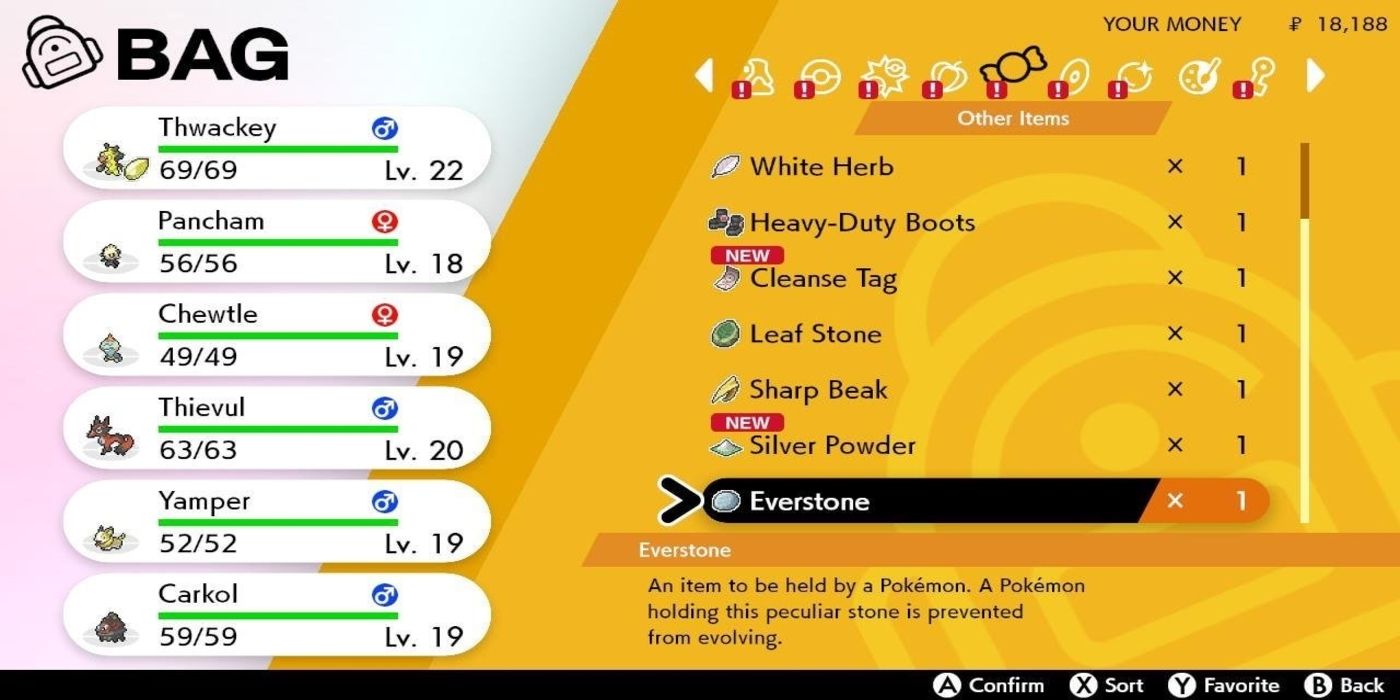
If the player wants to breed a specific Nature, that can also be done. Pokémon Natures can be bred in, and the trick to it is the Everstone. When the female Pokémon is holding an Everstone, there is a 50% chance the offspring will share the same Nature as the mother.
Finally, with the release of Pokemon Sword and Shield, Nature can now be transferred. When a Pokémon with the Synchronize Ability (introduced in Gen 3) is at the front of the party, it will guarantee that wild Pokémon copy its Nature. This greatly expedites the player’s search for just the right Pokemon.
See more : PokemonWe
